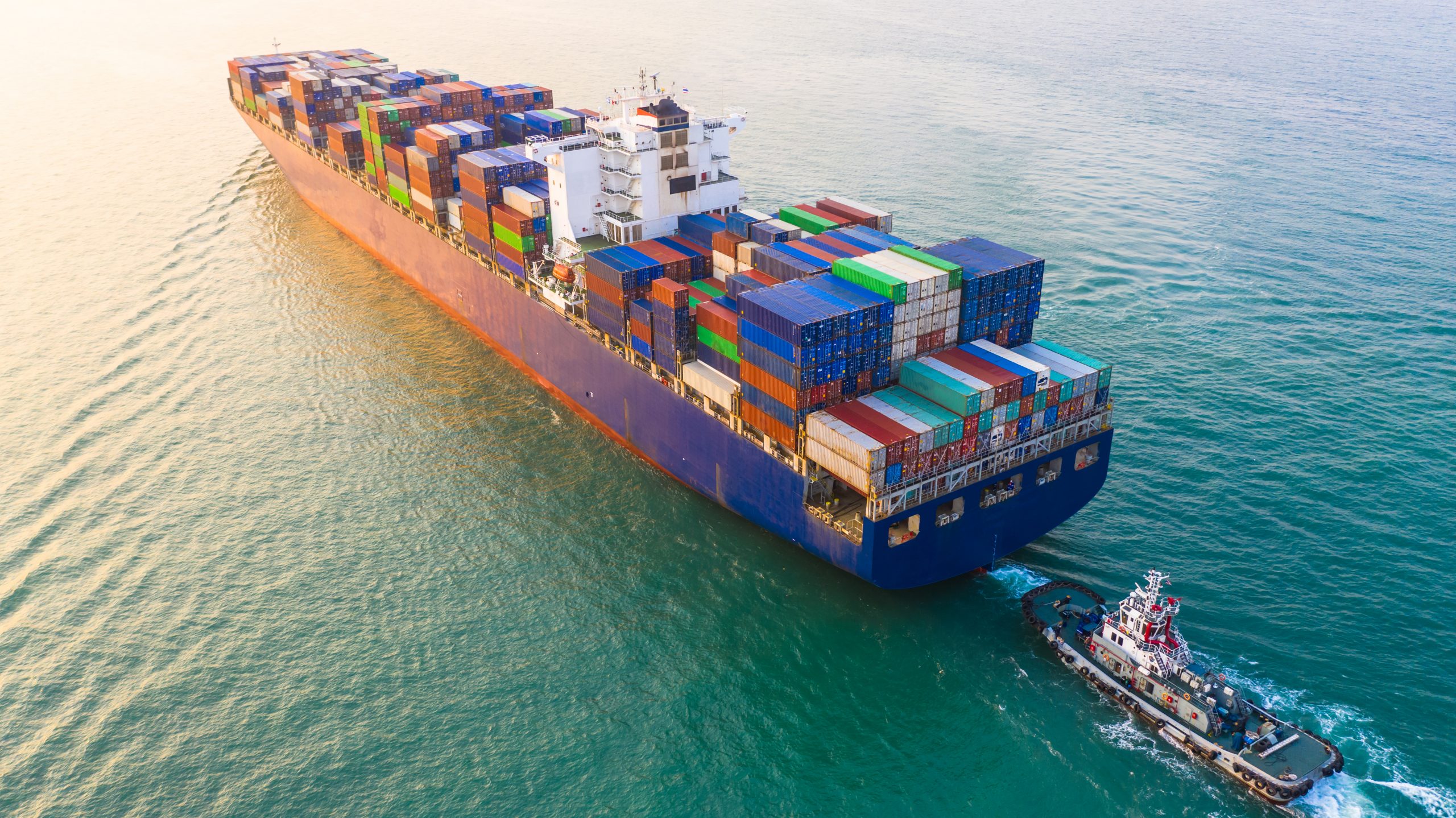It’s official: peak shipping season for ocean freight is finally here. Despite many doubts, global container demand seems to be making a comeback that’s matching 2019 levels, according to the CTS.
While the global economy continues to contract due to the effects of COVID-19, U.S. imports show no signs of stopping. If anything, TEU volumes appear to be drastically increasing as the year progresses based on recent reports, and many NVOCCs expect this import boom to carry through the end of October at the very least.
Previously, when the pandemic panic was at its height, carriers canceled an unprecedented number of sailings in attempts to effectively manage container capacity and mitigate rising shipping costs. Now, however, these measures have left forwarders (and their customers) with an untimely shortage of containers in the face of a lack of export demand back to Asia.
What and When Is Peak Shipping Season, and How Does It Influence Freight Forwarding?
In freight forwarding, peak season typically refers to the busiest time of the year for shippers and forwarders when soaring demand for the upcoming holidays tightens capacity, increases freight rates, and heightens competition. This period generally falls between mid-August and the end of October and offers a lot of opportunities for those who are prepared.
It’s not too late for forwarders to jump into action and prevent costly shipment delays from wreaking havoc on their customers’ costs and supply chains. In order to keep up with peak shipping season volumes and secure available capacity for your customers wherever you can, we’ve outlined six often overlooked strategies to help you conquer one of the most difficult, yet crucial, points of the year in shipping.
6 Things You Need To Do To Navigate Shipping’s Prime Time
Level with Customers
Don’t keep your customers in the dark about what the next couple of months are going to look like. Let shippers know how tight capacity is going to be and advise them to arrange their shipments at least three weeks earlier than they normally would to capitalize on the limited capacity. When you communicate to your customers, it allows them to ramp up their production, creating more of a lead time cushion for you.
Closely Monitor Cash Flow
You’re going to want to keep a very close eye on your cash flow as well as any potential financial risks that may come up during this time because some freight rates are almost twice the amount they’ve been in recent history. Since it’s pretty likely that you’ll be paying more for your customers, identify those that have a good debit record, and prioritize the shipments that will have the greatest impact on your revenue. A leading forwarder management system that’s armed with a proper financial module can help you track this information and determine the customers you should focus on right now.
Leverage Split Shipments
Carriers go off of the bill of lading. So, if you split a shipment with multiple containers onto different bills of lading, you’ll have a better chance of getting something through in the case that a carrier has to roll your bill. Even though it requires a little more work, taking this precautionary step will help you keep your bases covered.
Avoid Transshipments
Transshipments, or indirect shipments, involve making multiple stops, which means carriers are a lot more likely to delay your cargo twice as much during peak season as it moves along through each stint of the transit. Try discussing other alternative modes of shipping. For example, airfreight may be tempting for some because of how much faster it is in comparison, but it’s also a lot more expensive too. Give your customers a chance to decide if the added costs are worth it.
Properly Insure Cargo
Peak shipping season is not the time to skimp on insurance. Accidents are inevitable no matter what time of the year it is, but as demand and volumes increase, so does risk. That doesn’t mean you’ll have to just cut your losses and leave yourself vulnerable to threats such as cargo theft. If you protect your shipments ahead of time, your pockets will thank you later.
Expect Higher General Rate Increases (GRIs) and Peak Season Surcharges
Whether they’re related to excessive port congestion, chassis shortages, longer wait times, or increasing fuel prices, it’s important to account for peak season GRIs and surcharges. Take the time to thoroughly assess your shipper customers’ logistics operations, so you can help them understand and avoid some of these additional charges.
Integrate Advanced Technology
Today’s logistics technology for freight forwarders has a lot to offer. By integrating advanced systems into your operations, you can more effectively manage shipments and make well-informed decisions based on key business intelligence. COVID-19 has created an entirely new norm for shipping, but it still won’t hurt to use data from the past couple of years to produce more accurate forecasts that will help you optimize the way you run your business and serve customers.
Although some thought it wouldn’t happen, peak shipping season has arrived, and it’s bringing a whole new set of challenges with it. Because of factors like the capacity crunch, regulatory shifts, trade tariffs, and COVID-19 disruptions, shippers are relying heavily on forwarders to get through this intense period. So, make sure you’re prepared to weather the storm. Tips like these will enable actionable results while also hopefully relieving some pressure. It’s always better to do something rather than nothing, so visit GoFreight to learn more about tools like our web-based freight forwarding software that are available to you.






